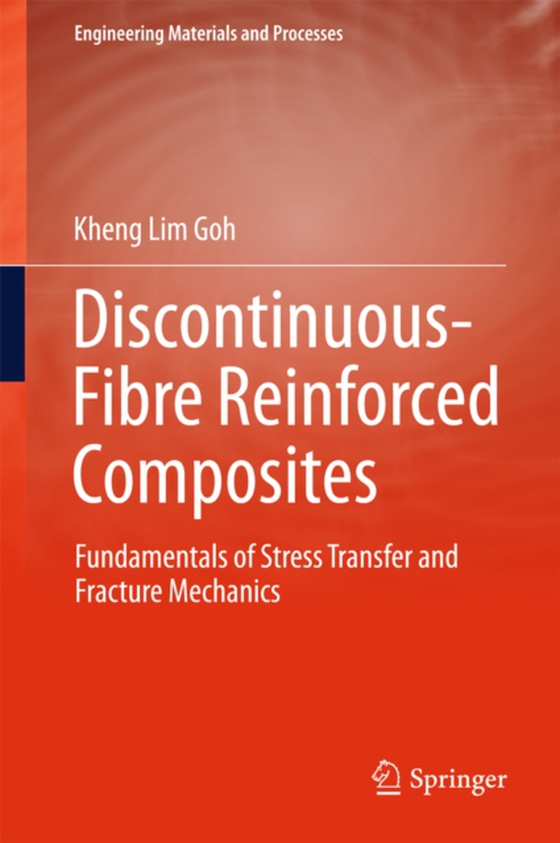
Discontinuous-Fibre Reinforced Composites e-bog
1167,65 DKK
(inkl. moms 1459,56 DKK)
Reinforcement of materials by fibres with high tensile stiffness and strength allows the production of composite materials of high strength and toughness. Understanding the basic principles underlying this ability for reinforcement is critical to achieving desired properties in engineering fibre composite materials. In recent decades, technological advancements have enabled the structural prope...
E-bog
1167,65 DKK
Forlag
Springer
Udgivet
22 oktober 2016
Genrer
TDCQ
Sprog
English
Format
pdf
Beskyttelse
LCP
ISBN
9781447173052
Reinforcement of materials by fibres with high tensile stiffness and strength allows the production of composite materials of high strength and toughness. Understanding the basic principles underlying this ability for reinforcement is critical to achieving desired properties in engineering fibre composite materials. In recent decades, technological advancements have enabled the structural properties of fibre composites to be investigated at different length scales, providing new insights. These investigations involved computer modelling using techniques such as finite element analysis and molecular mechanics, and relating micro and nanoscopic structures (derived from tools such as electron and atomic force microscopes) with mechanical properties derived from stress and strain measurements (using techniques such as Raman microscopy and x-rays from synchrotron sources). Nanotechnology has enabled the fabrication of nanometre fibres to yield greater composite strength and toughness.Fundamentals of Stress Transfer in Short-fibre Reinforcing Composites provides a survey of the concepts of fibre reinforced composites. These concepts are based on insights gained from current studies of short fibre reinforcement in composite materials. The concepts deal with the mechanisms of stress transfer and are explained as part of a general theory for understanding how fibres reinforce composites at different stages of the loading regime from initial loading up to composite rupture. In a fibrous composite the two components could fail at different strains when the load on the composite increases. The mechanisms of the transfer of stress between fibre and matrix are discussed by addressing the different loading regimes of the stress-strain curve from initial loading to rupture. Mechanisms of stress transfer are crucial for understanding:how the matrix and the fibre respond elastically to the external load (shear-lag analysis);how the interface regulates stress transfer;how intermediate modes of failure, e.g. matrix cracking, interfacial bond failure, fibre rupture, could occur;how the matrix shear-slides over fibres (shear-sliding analysis);how fibre pull-out occurs; andhow fibre fragmentation occurs.The reader, having grasped the general theory, should then be able to apply it to solving problems concerning the engineering of fibre composite materials. This makes Fundamentals of Stress Transfer in Short-fibre Reinforcing Composites a useful guide for students, researchers and engineers interested in fibre composites.
 Dansk
Dansk

